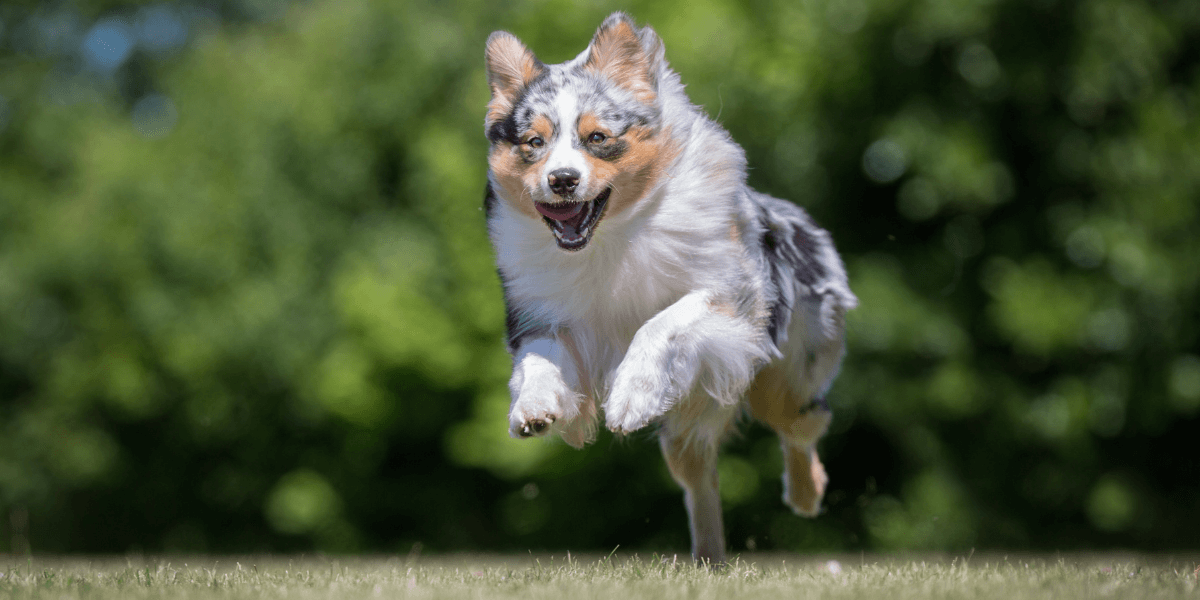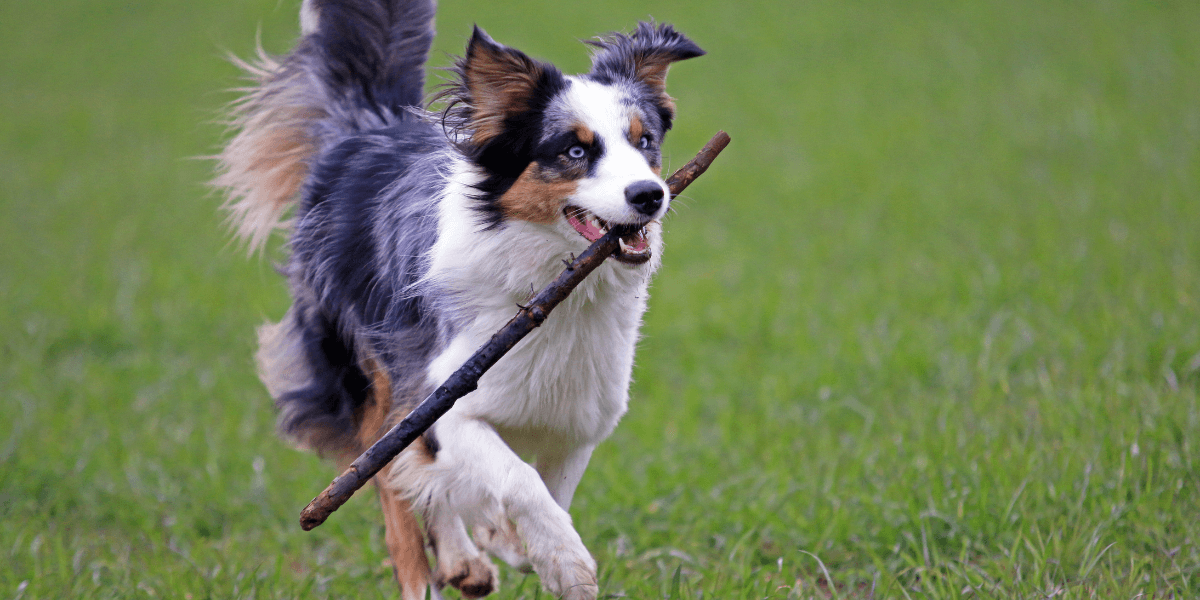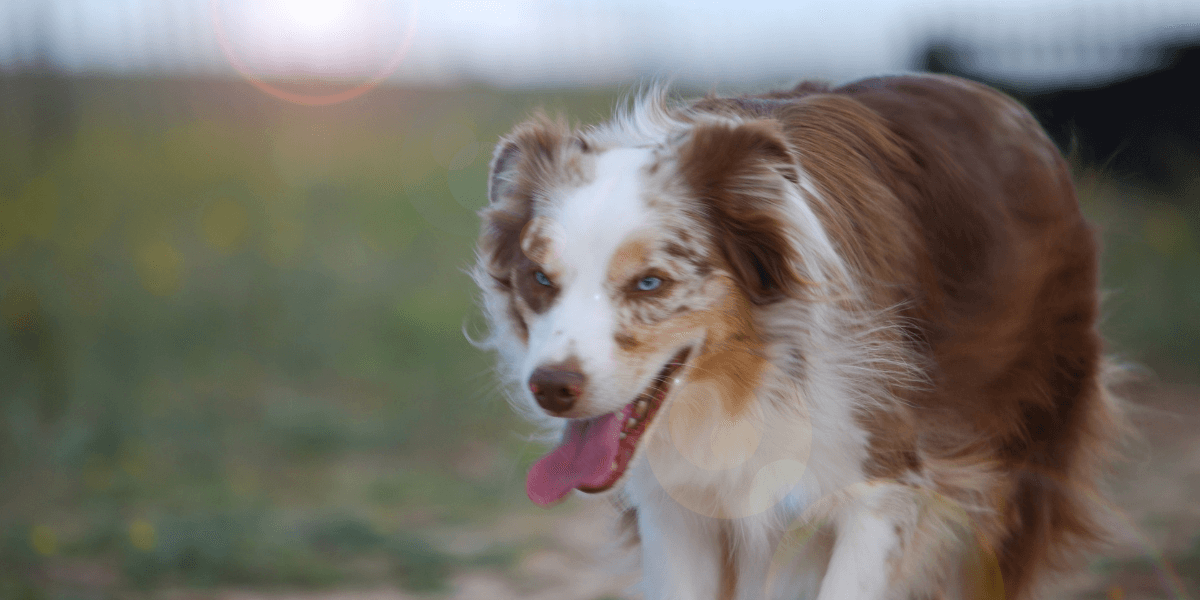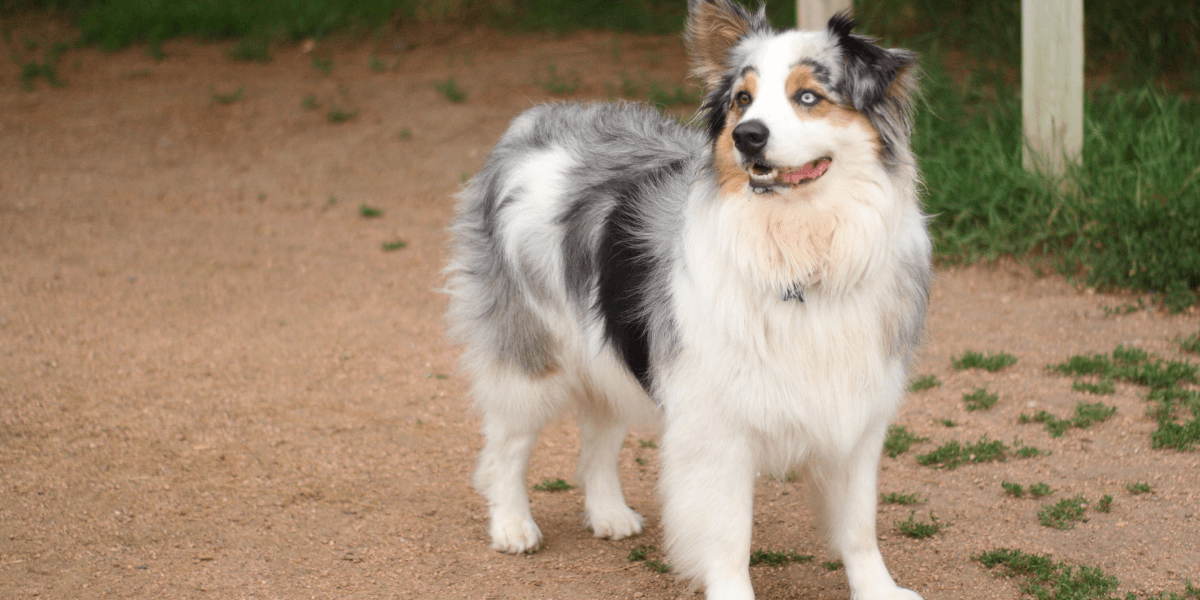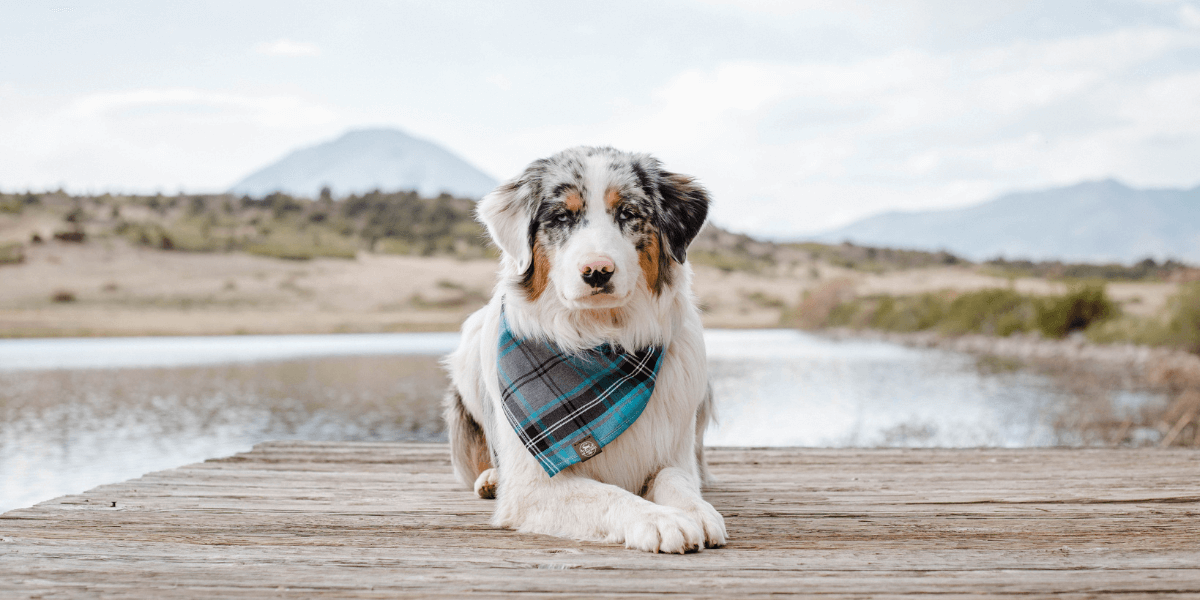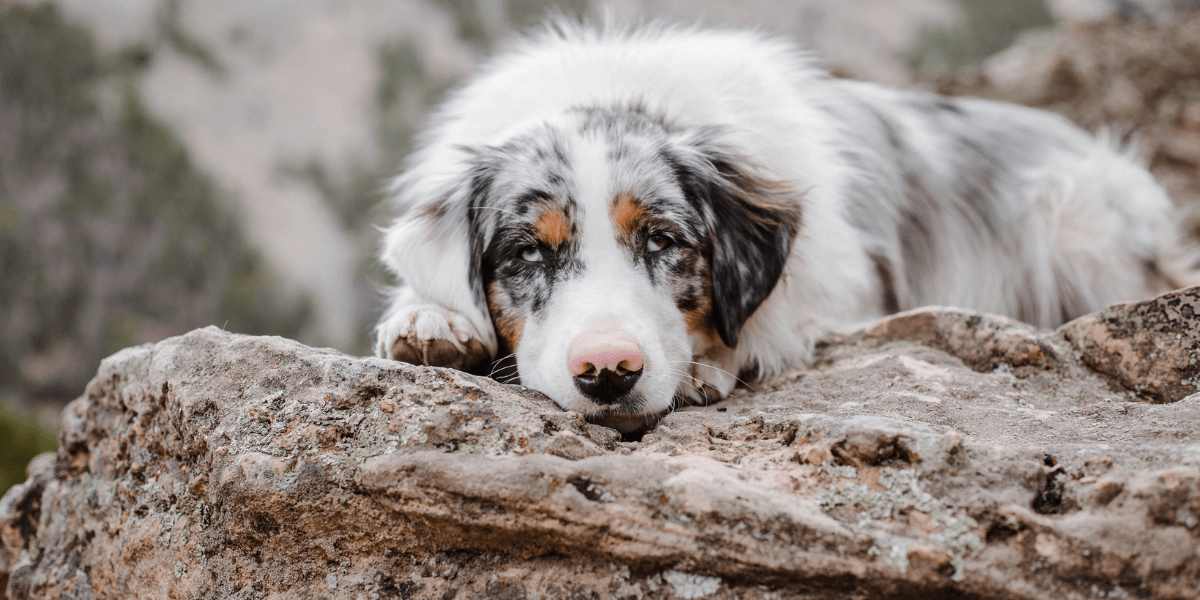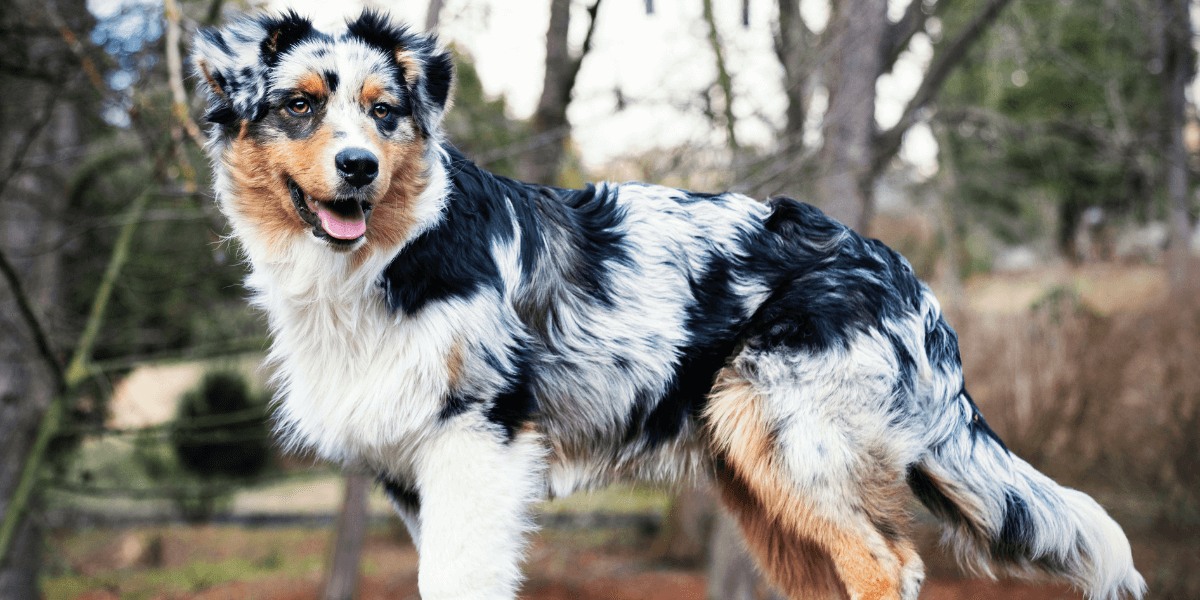Introduction
The Ultimate Guide to Australian Shepherd: Discover everything about this amazing breed
- Explore their unique physical characteristics and appearance
- Understand their temperament and personality traits
- Get insights into their training needs and tips for success
- Find out the best care practices for grooming and health
- Discover why the Australian Shepherd makes a great family companion
1. Understanding the Australian Shepherd: Breed Overview
Here’s what makes them unique:
- Temperament: Australian Shepherds are known for their strong bond with their family
- Energy Level: Extremely high, They thrive on exercise, work, and mental challenges
- Intelligence: Highly intelligent, excels in obedience and agility training
- Grooming Needs: Moderate grooming required; regular brushing to manage shedding
- Size: Typically medium-sized, weighing between 40-65 pounds
- Lifespan: 12-15 years
2. Training Your Australian Shepherd: Tips and Best Practices
Here’s how to make training effective:
- Start Early: Begin training and socialization as soon as you bring your puppy home
- Positive Reinforcement: Use treats, praise, and toys to reward good behavior
- Consistency: Be consistent in your commands, routines, and expectations
- Mental Stimulation: Engage their minds with puzzle toys or tasks that challenge them
- Exercise Regularly: Daily physical activity is crucial to manage their high energy level
3. Exercise Needs: Keeping Your Australian Shepherd Healthy and Happy
Here’s what you need to know:
- Daily Exercise: Your dog needs at least 1-2 hours of vigorous exercise daily
- Off-Leash Activities: If you have a secure area, let them run and play off-leash
- Mental Exercise: Keep their minds active with interactive toys and problem-solving game
- Structured Activities: Engage in activities like agility courses or obedience training
- Exercise: Incorporate activities like hiking or swimming to keep things interesting
- Socialization: Regularly expose them to different environments other dogs
4. Grooming Your Australian Shepherd: Best Practices
Here’s how to maintain their coat:
- Brushing: Brush your dog’s coat at least 2-3 times a week to prevent matting
- Bathing: Bathe your Australian Shepherd every 4-6 weeks or as needed
- Ear Care: Regularly check their ears for dirt, wax buildup, or signs of infection
- Nail Trimming: Trim their nails every 3-4 weeks, Overgrown nails can cause discomfort
- Dental Care: Brush their teeth 2-3 times a week to prevent plaque buildup and bad breath
- Regular Coat Trimming: Trim excess hair around paws, ears, and hindquarters monthly
Discover how German Shepherd grooming tips compare to the best practices for grooming your Australian Shepherd.
5. Health Concerns: What Every Owner Should Know
Some key health concerns include:
- Hip Dysplasia: Regular exercise and maintaining a healthy weight can help prevent it
- Collie Eye Anomaly (CEA): This hereditary eye condition can affect Australian Shepherds
- Epilepsy: Treatment typically involves medication prescribed by a veterinarian
- Deafness: Occur in some Australian Shepherds, especially in those with merle coats
- Thyroid Issues: Can cause weight gain, lethargy, and skin problems in Aussies
- Progressive Retinal Atrophy (PRA): This genetic condition leads to gradual vision loss
6. Feeding Your Australian Shepherd: Nutrition Tips and Recommendations
Here’s how to ensure they’re getting the best nutrition:
- High-Quality Dog Food: Choose a premium dog food with real meat as the first ingredient
- Feeding Schedule: Feed your dog twice daily—once in the morning and once in the evening
- Portion Control: Follow feeding guidelines based on their age, weight, and activity level
- Hydration: Active breeds like Australian Shepherds require plenty of hydration
- Avoid Overfeeding: Monitor treats and snacks to prevent weight gain and maintain health
- Life Stage Diet: Adjust their diet as they age puppy, adult, or senior formulas
Learn how Great Danes nutrition compares to feeding your Australian Shepherd for a healthy and balanced diet.
7. Is an Australian Shepherd the Right Dog for You?
Before committing, consider the following:
- Active Lifestyle: An Australian Shepherd can be an excellent companion
- Time Commitment: These dogs require significant time for exercise and mental stimulation
- Space Requirements: They’re happiest in homes with a yard where they can run and play
- Family Compatibility: Australian Shepherds are typically good with children
- Training: They thrive with consistent training and mental challenges to stay focused
Explore whether German Shepherds are good family pets to help decide if an Australian Shepherd suits your home.
FAQs
1. What is the Ultimate Guide to Australian Shepherd about?
-
It covers breed info, care tips, and training
2. What makes Australian Shepherds unique?
-
Their intelligence, agility, and herding instinct
3. How do I train my Australian Shepherd effectively?
-
Use positive reinforcement and consistent routines
4. What should I include in my Australian Shepherd's diet?
-
High-quality dog food with balanced nutrients
5. How much exercise do Australian Shepherds need?
-
They need at least 1-2 hours of activity daily
6. Are Australian Shepherds good with children?
-
Yes, they are usually great with kids and family
7. Where can I find more information about Australian Shepherds?
-
Check the Ultimate Guide to Australian Shepherd for detailed insights
Conclusion
- Recap the key highlights from the Ultimate Guide to Australian Shepherd
- Emphasize the unique qualities that make the Australian Shepherd special
- Reiterate the importance of proper training and care for a happy dog
- Encourage readers to consider their lifestyle before adopting
- Highlight the benefits of having an Australian Shepherd as a family pet
Leave a comment with your thoughts, or ask questions if you need more information!
References
For more information on The Ultimate Guide to Australian Shepherd, check out:
- The Ultimate Guide to Caring for Australian Shepherds: Mini and Standard
- The Vet’s Guide to Australian Shepherds: Facts, Care, and Training Tips
- Orthopedic Dog Beds for Large Dogs: A Comprehensive Guide
- The Ultimate Guide to Australian Shepherd
- Best Dog Beds for Seniors: Orthopedic vs. Memory Foam Guide
Thank you!

